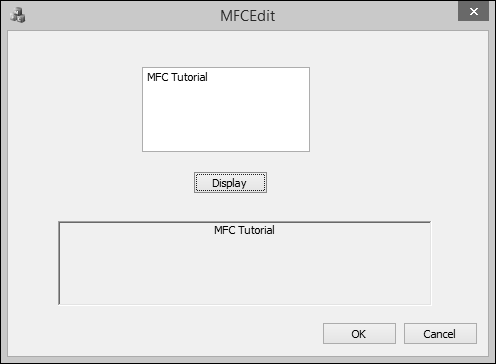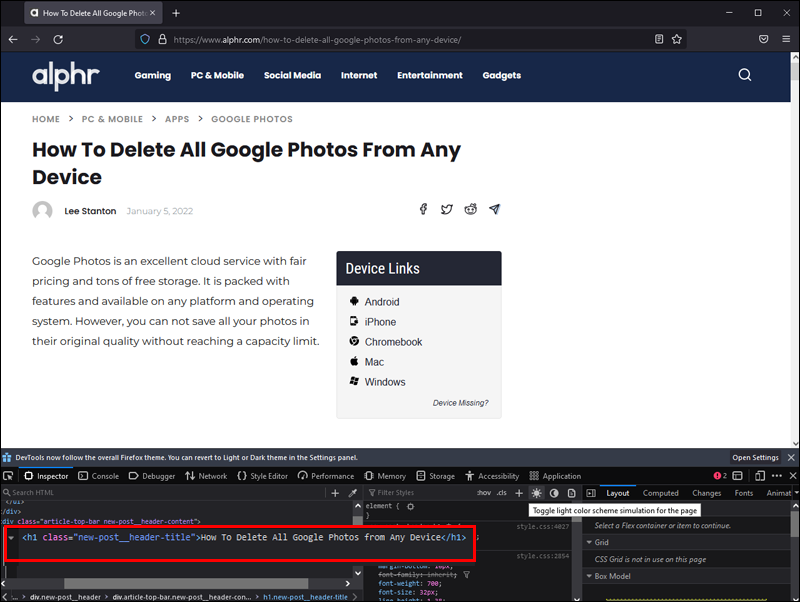

The application can then set or clear the modification flag by sending the control an EM_SETMODIFY message. An application can retrieve the modification flag by sending the control an EM_GETMODIFY message.


The system clears this flag when it creates the control and sets the flag whenever the text in the control is modified. The system maintains an internal flag for each edit control indicating whether the content of the control has been modified. The user can select, delete, or move text in an edit control. The commands in the context menu include Undo, Cut, Copy, Paste, Delete, and Select All. The context menu appears when the user right-clicks the control.

Microsoft Windows NT 4.0 and later: An edit control includes a built-in context menu that makes it easy for the user to move text between the edit control and the clipboard. These four messages apply to both single-line and multiline edit controls. The WM_PASTE message copies text from the clipboard into an edit control at the insertion point. The WM_CLEAR message deletes the current selection (if any) from an edit control, but does not copy it to the clipboard (unless the user pressed the SHIFT key). The WM_CUT message deletes the current selection (if any) in the edit control and copies the deleted text to the clipboard. The WM_COPY message copies the current selection (if any) from an edit control to the clipboard without deleting it from the edit control. There are four messages for moving text between an edit control and the clipboard. For more information about fonts and font metrics, see Fonts and Text. Changing the font does not change the size of the edit control applications that send the WM_SETFONT message may have to retrieve the font metrics for the text and recalculate the size of the edit control. Most applications do this while processing the WM_INITDIALOG message. Changing the Font Used by an Edit ControlĪn application can change the font that an edit control uses by sending the WM_SETFONT message. This message applies to both single-line and multiline edit controls.Īn application can use EM_REPLACESEL to replace part of an edit control's text or the SetDlgItemText function to replace all of it.
#Text edit box code
The application may receive an EN_ERRSPACE notification code if the replacement text exceeds the available memory. If there is no current selection, EM_REPLACESEL inserts the replacement text at the insertion point. Replacing TextĪn application can replace selected text in an edit control by sending the control an EM_REPLACESEL message with a pointer to the replacement text. These three messages apply to both single-line and multiline edit controls. For example, the application can use EM_SETSEL with EM_REPLACESEL to delete text from an edit control. The return value for the ending position is one greater than the last character in the selection (that is, the position of the first character following the last selected character).Īn application can also select text in an edit control by sending the control an EM_SETSEL message with the starting and ending character indexes for the selection. An application can retrieve the starting and ending character positions of the current selection in an edit control by sending the control an EM_GETSEL message. Selecting TextĪfter selecting an edit control, the user can select text in the control by using the mouse or the keyboard. Next, retrieve the text by using the GetWindowText function, the GetDlgItemText function, or the WM_GETTEXT message. To retrieve all text from an edit control, first use the GetWindowTextLength function or the WM_GETTEXTLENGTH message to determine the size of buffer needed to contain the text. Setting and Retrieving TextĪn application can set the text of an edit control by using the SetWindowText function, the SetDlgItemText function, or by sending the control a WM_SETTEXT message. When the user selects an edit control, the system gives the control the keyboard focus (see "Keyboard Focus and Activation" in About Keyboard Input) and highlights its text by using reverse video. For a complete description of this interface, see Dialog Boxes. The tabbing method is part of a predefined keyboard interface that the system provides. The user can select an edit control by clicking it with the mouse or by pressing the TAB key to move to it.


 0 kommentar(er)
0 kommentar(er)
